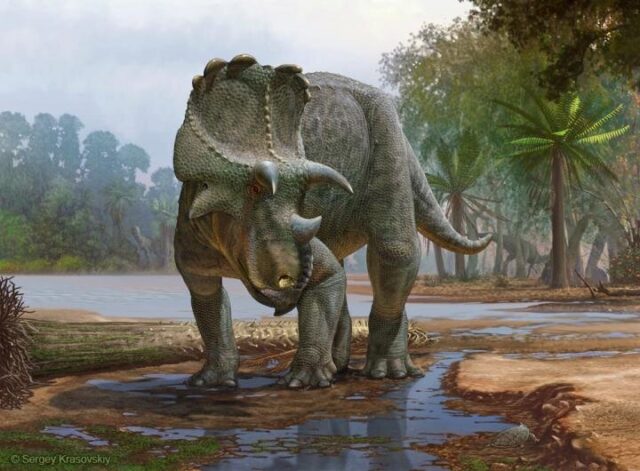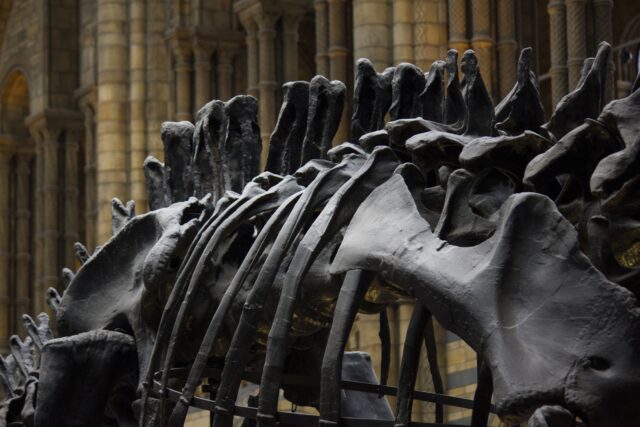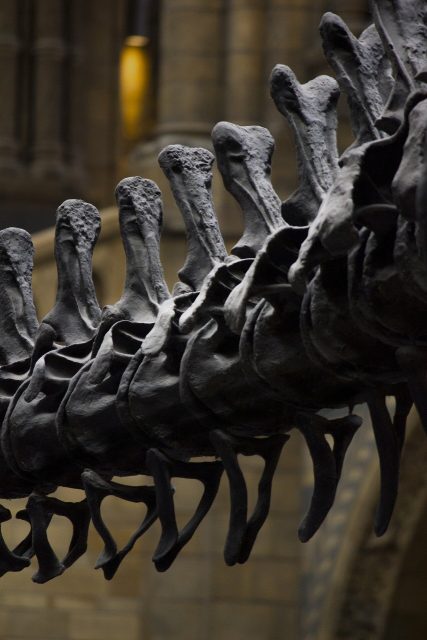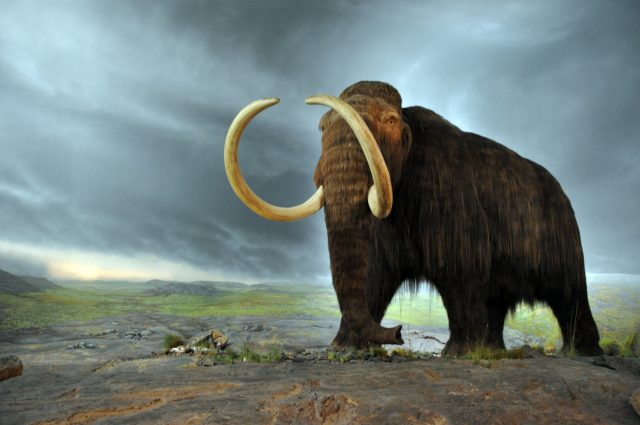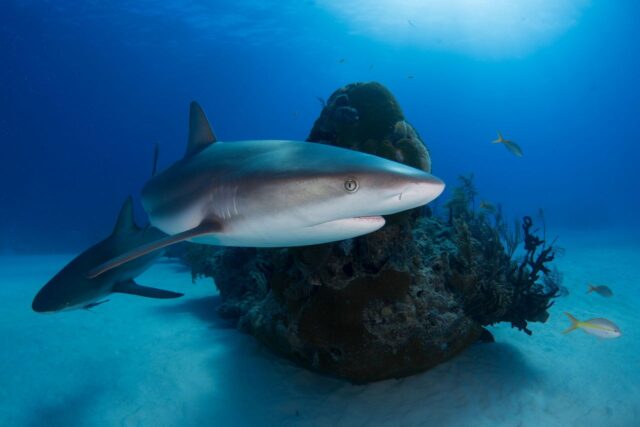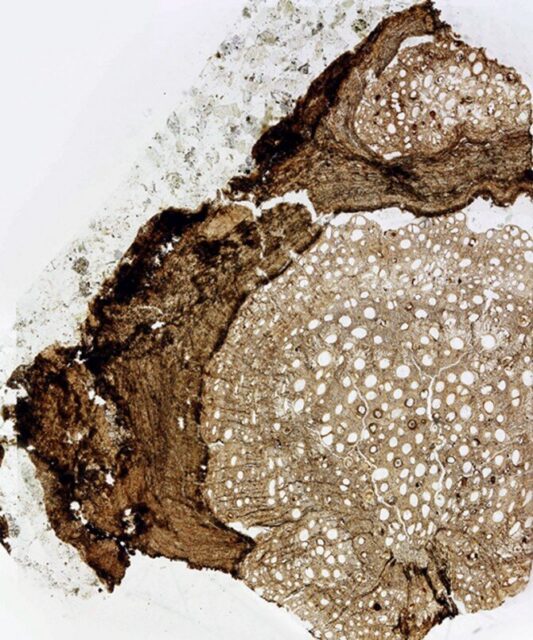Humans and animals have a preferred walking speed. This is, in part, influenced by the amount of energy required: they prefer to walk at the speed at which they use the lowest possible amount of energy. One of the...
A newly described horned dinosaur that lived in New Mexico 82 million years ago is one of the earliest known ceratopsid species, a group known as horned or frilled dinosaurs. Researchers reported their find in a publication in the...
Research on a newly discovered bird fossil led by The University of Texas at Austin found that a unique brain shape may be why the ancestors of living birds survived the mass extinction that claimed all other known dinosaurs.
Today,...
By closely examining the jaw mechanics of juvenile and adult tyrannosaurids, some of the fiercest dinosaurs to inhabit earth, scientists led by the University of Bristol have uncovered differences in how they bit into their prey.
They found that younger...
Scientists from Mahasarakham University (Thailand) and the University of Bonn have examined the newly discovered caudal vertebrae of a spinosaurid dinosaur that could belong to Siamosaurus suteethorni. The comparison with finds around the world led to the realization that...
The fearsome tyrannosaur dinosaurs that ruled the northern hemisphere during the Late Cretaceous period (66-100 million years ago) may not have been solitary predators as popularly envisioned, but social carnivores similar to wolves, according to a new study.
The finding,...
Woolly mammoths may have walked the landscape at the same time as the earliest humans in what is now New England, according to a Dartmouth study published in Boreas. Through the radiocarbon dating of a rib fragment from the Mount...
A more reliable way of estimating the size of megalodon shows the extinct shark may have been bigger than previously thought, measuring up to 65 feet, nearly the length of two school buses. Earlier studies had ball-parked the massive...
An 18.5 million-year-old fossil found in Panama provides evidence of a new species and is the oldest reliable example of a climbing woody vine known as a liana from the soapberry family. The discovery sheds light on the evolution...
An international team of paleontologists has identified a new genus and species of hadrosaur or duck-billed dinosaur, Yamatosaurus izanagii, on one of Japan's southern islands.
The fossilized discovery yields new information about hadrosaur migration, suggesting that the herbivors migrated from...
A single footprint left by a cat-sized dinosaur around 100 million years ago has been discovered in China by an international team of palaeontologists.
University of Queensland researcher Dr Anthony Romilio was part of the team that investigated the track,...






